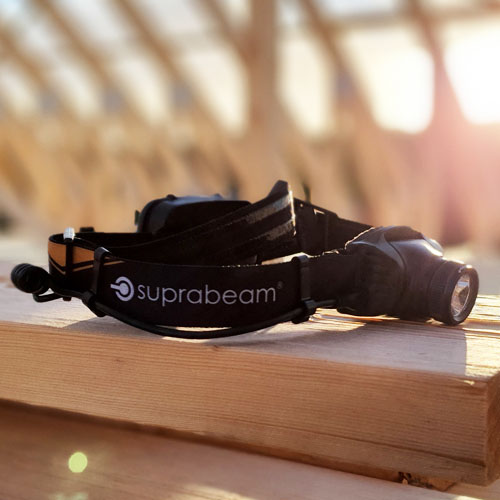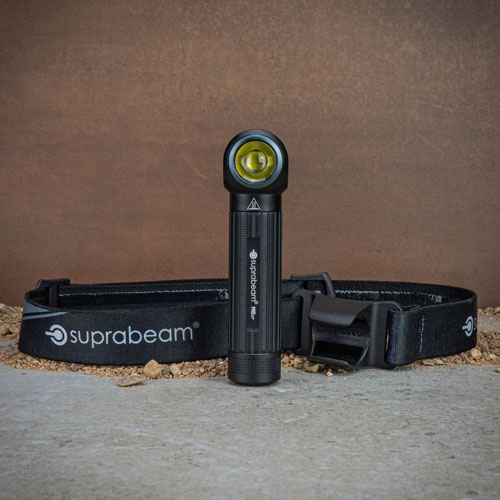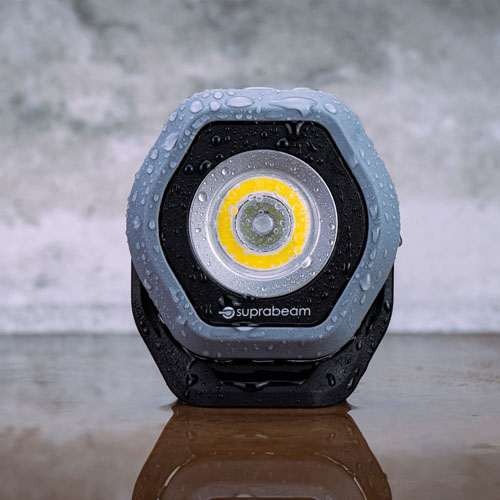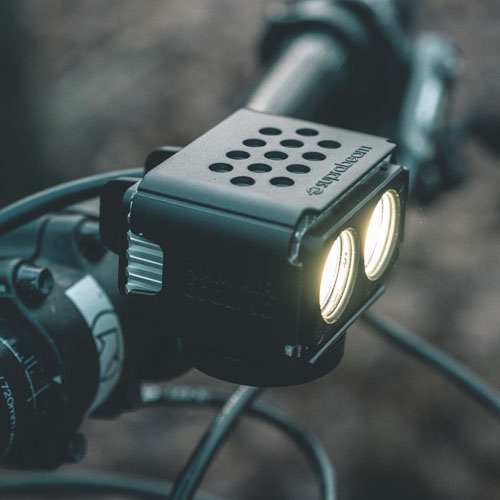How do I operate my Suprabeam light at low temperatures?
When operating a battery driven lamp at lower temperatures there are some aspects that are important to be aware of to get the best performance out of the lamp. General considerations At low temperatures most materials change characteristics. Mechanical parts move differently due to harder rubber or lubrications losing viscosity Thermoplastic materials can become more fragile and easier to be damaged or break Electronics parts and components mostly keep performance and behaviour LED performance remains only little changed as they heat up fast Most battery types, including rechargeable Lithium-Ion batteries heavily change performance and behaviour at temperatures below 0°C. Lithium-Ion batteries – charging WARNING: Low temperatures seriously affect the charging of a battery. Do not charge a lithium battery [...]





